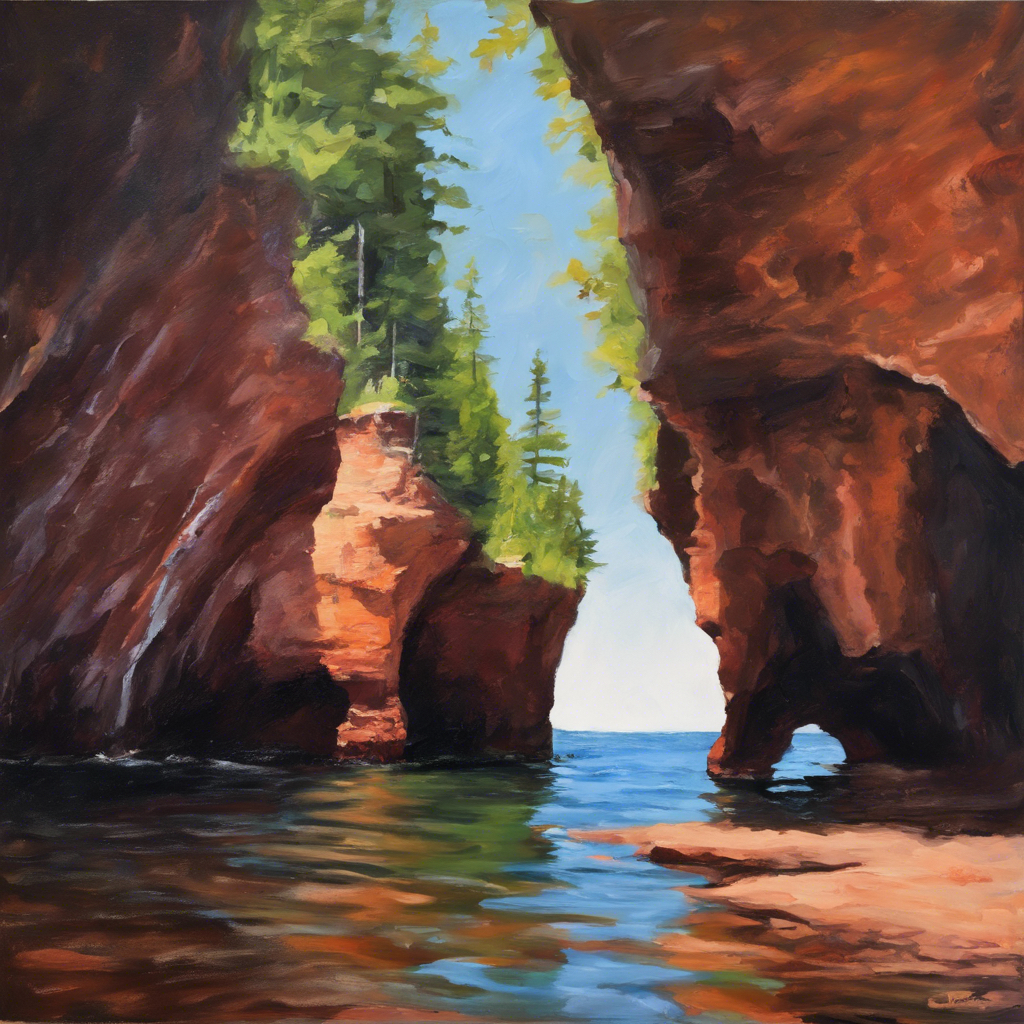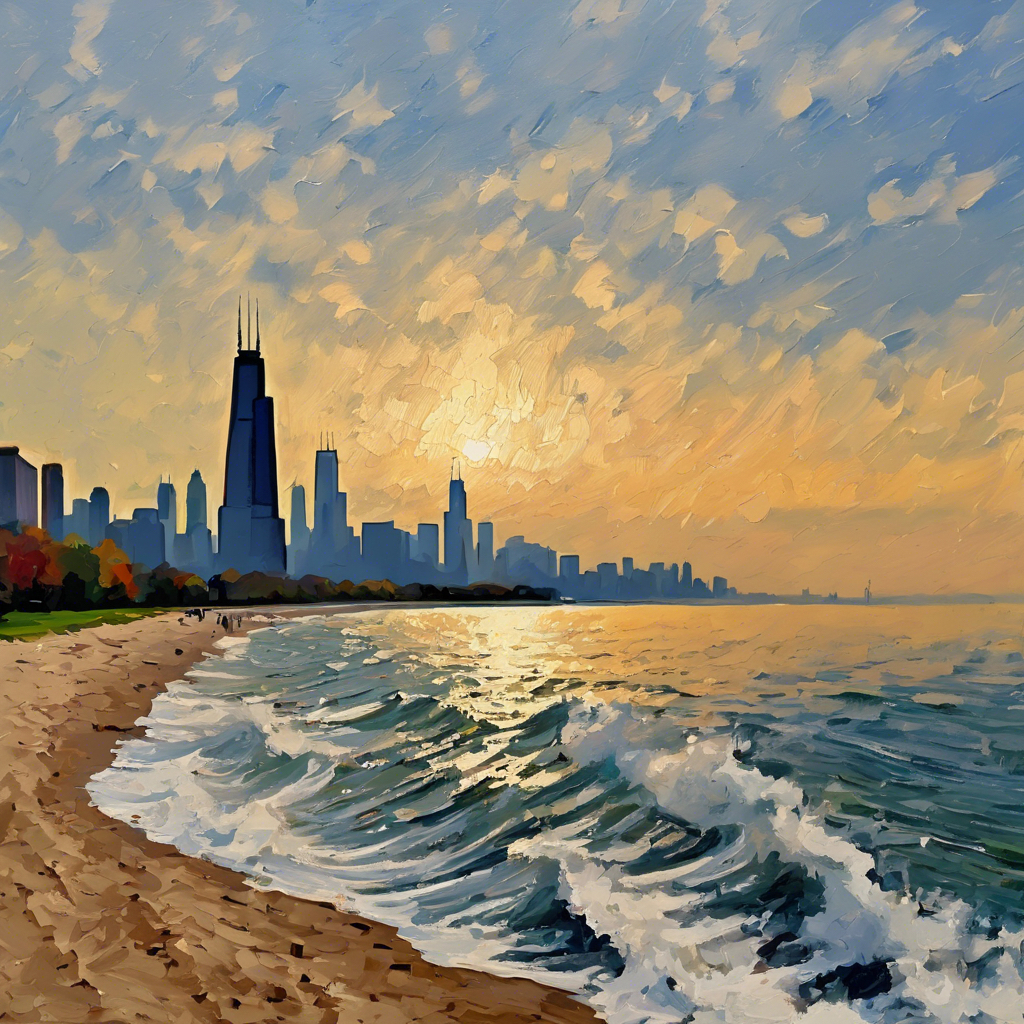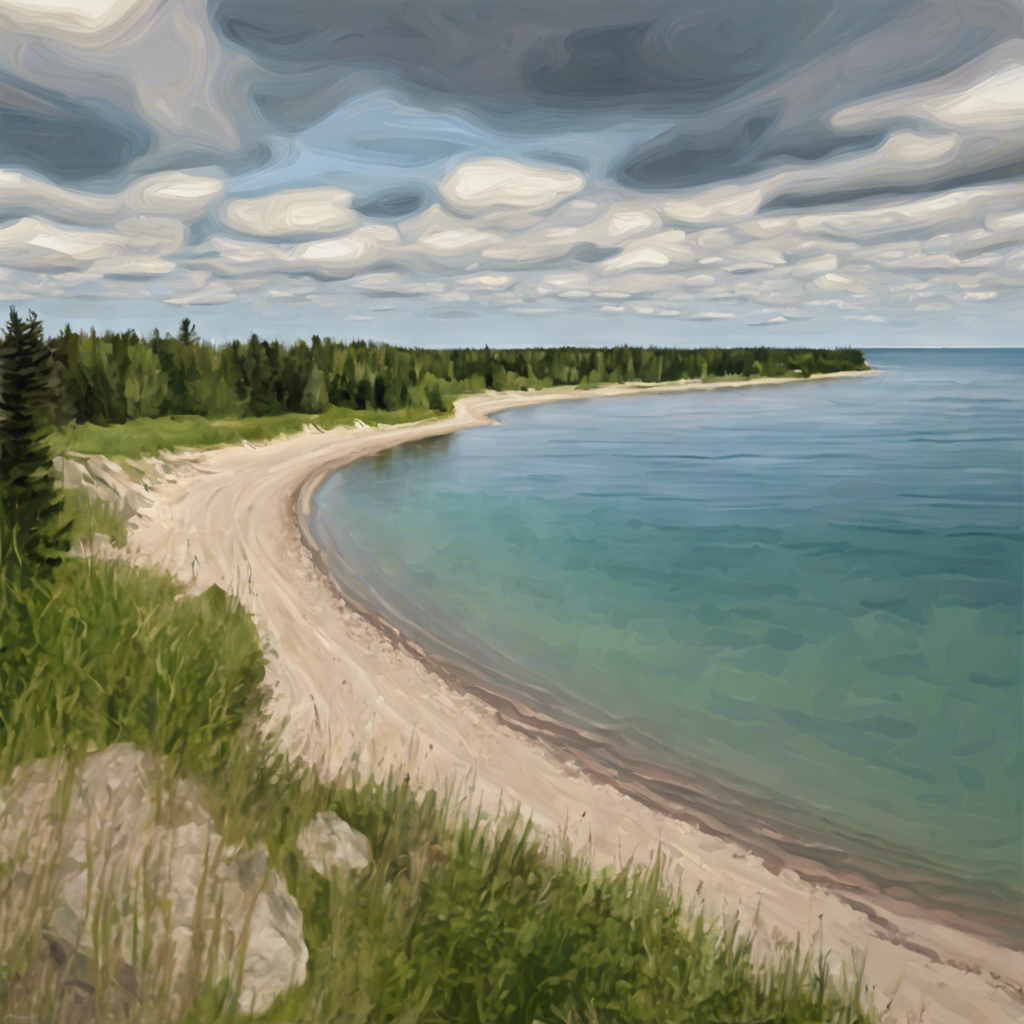The Great Lakes, a system of interconnected freshwater lakes, form the largest body of freshwater on Earth. These majestic lakes, comprising Lakes Superior, Michigan, Huron, Erie, and Ontario, have played a pivotal role in shaping American history, culture, and ecology.
A Geological Marvel
The Great Lakes were formed over thousands of years through glacial activity. As massive ice sheets retreated, they carved out vast basins that filled with meltwater, creating the lakes we know today. This geological history has endowed the region with diverse landscapes, including rugged coastlines, pristine forests, and fertile plains.
A Rich History
The Great Lakes region has been home to Indigenous peoples for millennia. The Anishinaabe, Iroquois, and other tribes relied on the lakes for sustenance, transportation, and spiritual connection. European explorers and fur traders arrived in the 17th century, establishing settlements along the shores.
The 19th century marked a period of rapid industrialization, as the Great Lakes became a vital transportation corridor. Cities like Detroit, Chicago, and Cleveland flourished, fueled by the region’s abundant natural resources and strategic location. The Great Lakes also played a crucial role in the growth of the American steel industry.
A Diverse Ecology
The Great Lakes ecosystem is remarkably diverse, supporting a wide range of plant and animal life. The lakes are home to numerous fish species, including salmon, trout, and walleye. The surrounding forests and wetlands provide habitat for a variety of birds, mammals, and reptiles.
However, the Great Lakes ecosystem faces numerous challenges, including invasive species, pollution, and climate change. Invasive species like the zebra mussel and the Asian carp have disrupted the delicate balance of the ecosystem. Pollution from industrial activities and agricultural runoff has also had a significant impact on water quality.
A Cultural Tapestry
The Great Lakes region is a cultural melting pot, with a rich history of immigration and cultural exchange. European immigrants, including Irish, German, Polish, and Italian, settled in the region, bringing their traditions and customs. African American communities, particularly in cities like Detroit and Chicago, have made significant contributions to the region’s cultural landscape.
The Great Lakes also have a strong connection to music and literature. The blues and jazz traditions of Detroit and Chicago have influenced popular music worldwide. The region has also inspired countless novels and poems, from Mark Twain’s “Adventures of Huckleberry Finn” to contemporary works by authors like Joyce Carol Oates.
Exploring the Great Lakes
There are countless ways to explore the Great Lakes region. Here are a few ideas:
- Lake Superior: Visit the Apostle Islands National Lakeshore, hike along the rugged North Shore, or explore the historic mining towns of the Keweenaw Peninsula.
- Lake Michigan: Relax on the beaches of Traverse City, experience the vibrant city of Chicago, or visit the Door County Peninsula.
-
Lake Huron: Sail the pristine waters of Georgian Bay, explore the maritime history of Mackinac Island, or visit the charming towns of the Thumb.
- Lake Erie: Discover the wineries of the Niagara Peninsula, explore the bustling city of Cleveland, or visit the historic sites of Detroit.
- Lake Ontario: Hike the trails of Thousand Islands National Park, visit the vibrant city of Toronto, or explore the scenic shores of the Finger Lakes.
The Great Lakes region offers endless opportunities for adventure, relaxation, and cultural immersion. Whether you’re interested in history, nature, or urban culture, you’re sure to find something to inspire you.


